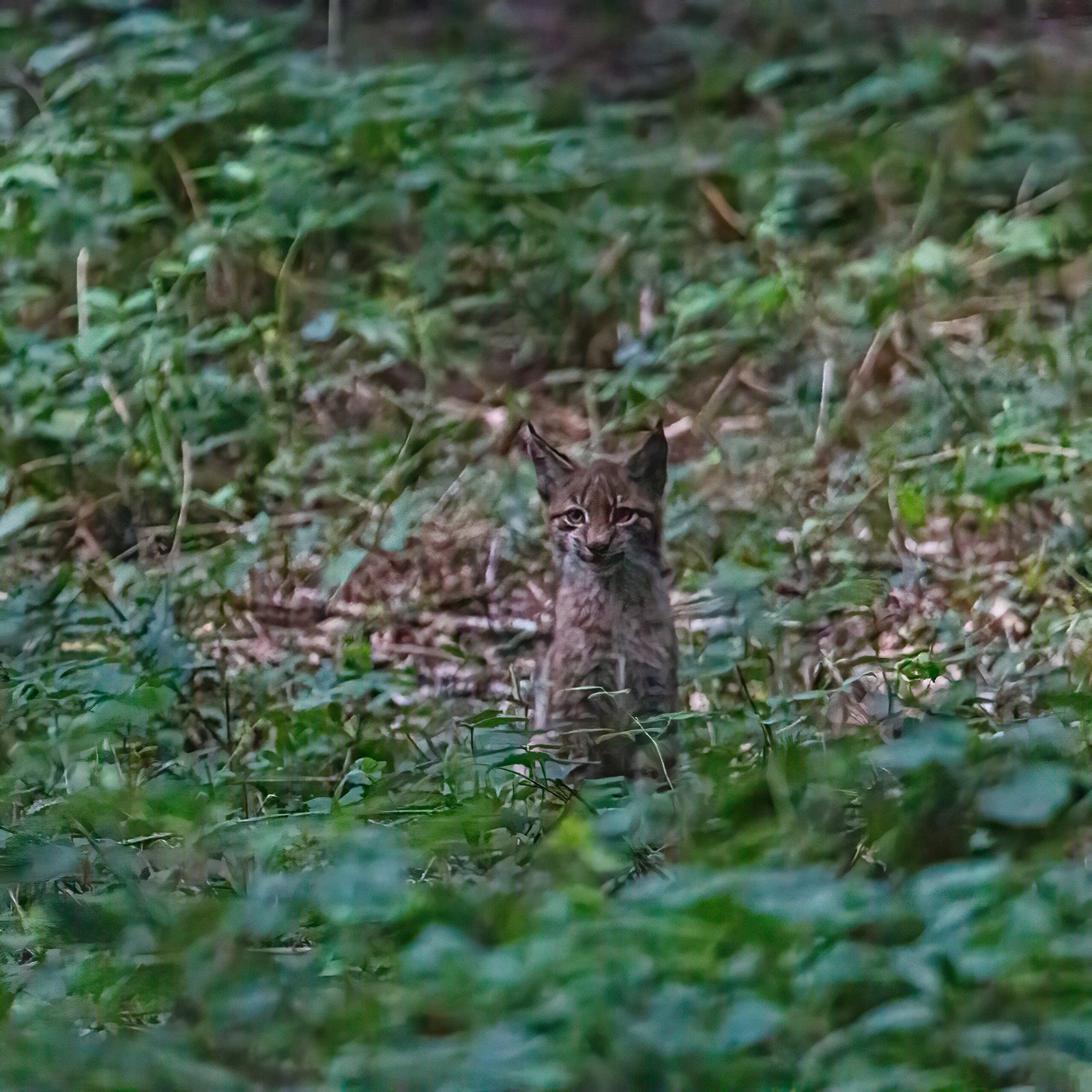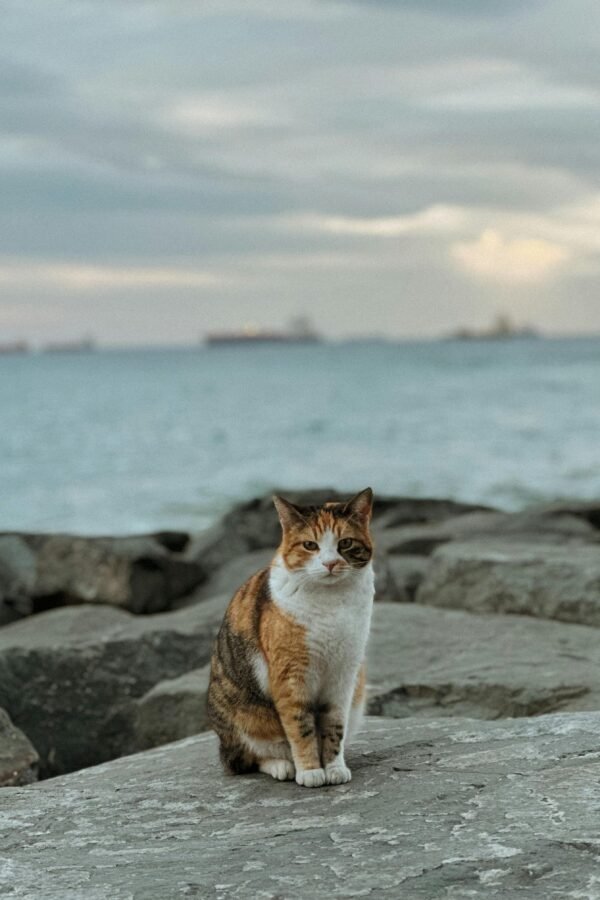Get ready to be charmed by the first leopard cubs born in captivity in Peru! These adorable little ones have already mastered the art of climbing trees and are eager to greet visitors at the zoo. With their large, gray, and shiny eyes, they captivate everyone who lays eyes on them. At just over 3 months old, these siblings have recently transitioned from milk to meat, marking an important milestone in their development. Accompanied by their parents, Leo and Mali, who were brought to Peru from Mexico in 2021, these cubs are a testament to the zoo’s commitment to conservation and controlled reproduction. Visitors couldn’t help but be enamored by their playful antics, as one of the cubs attempted to bite a caregiver’s leg, albeit without success. If you’re curious about these adorable newborns, keep an eye out for the zoo’s upcoming contest to name them. As the only leopards in Peru, these little ones are a precious gift to both the zoo and the preservation of their vulnerable species.
First Leopard Cubs Born in Captivity in Peru
Peru is celebrating a historic milestone at the Parque de las Leyendas zoo in Lima as the first two leopard cubs born in captivity in the country make their debut. The cubs, a male and a female, captivated zoo visitors as they displayed their adventurous spirit by climbing trees inside their enclosures. This significant event marks not only a breakthrough in conservation efforts but also provides an opportunity for the public to witness the intrinsic beauty of this endangered species up close.
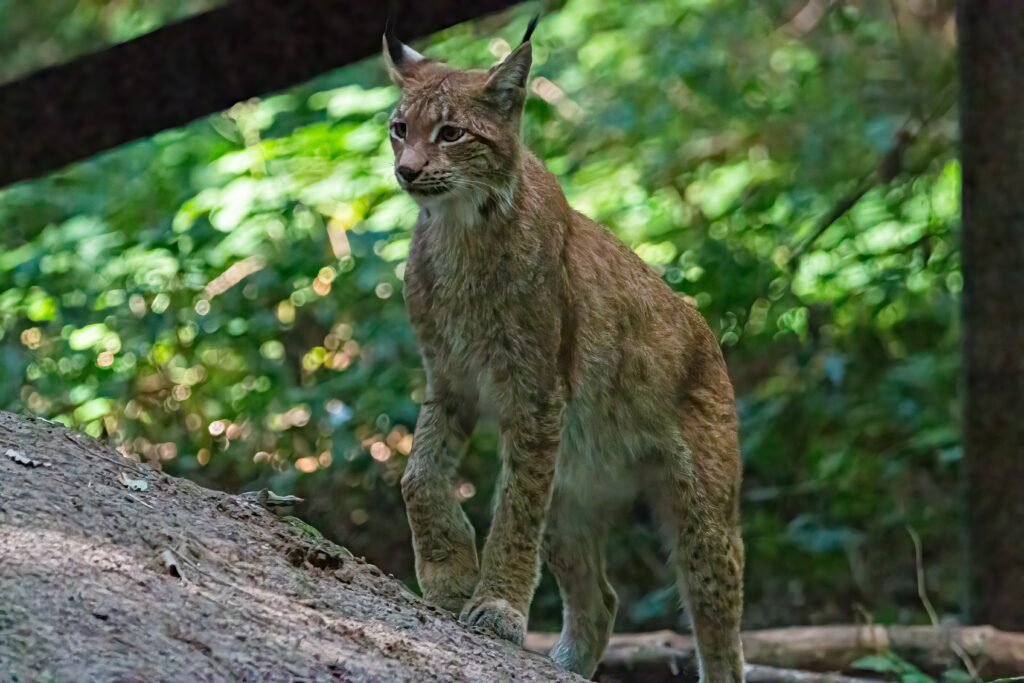
The cubs begin climbing trees at a Lima zoo
One of the most exciting aspects of the unveiling of the leopard cubs was their remarkable climbing abilities. At just over 3 months old, these young felines showcased their agility as they navigated the branches within their cages. Visitors observed in awe as the cubs explored their surroundings, displaying their natural instincts and graceful movements.
Their first appearance before the public
Anticipation was high as zookeepers carefully brought the leopard cubs out of their secure burrows and into the public eye. The sight of these adorable animals instantly drew gasps of delight from onlookers. The public’s reaction to seeing the cubs was overwhelmingly positive, with many expressing their amazement and fascination at witnessing such a rare moment. It was an experience that left visitors in awe of the beauty and wonder of nature.
Description of the cubs’ behavior
As the cubs made their way around their enclosure, several distinctive behaviors caught the attention of observers. They were seen walking in circles, seemingly exploring every inch of their new environment. Their playful and curious nature was evident as they playfully displayed their small fangs. However, one particularly mischievous cub attempted to bite the leg of a caregiver, showcasing their youthful exuberance but lacking the skill to achieve their goal.
Physical characteristics of the cubs
The leopard cubs’ physical characteristics add to their undeniable charm. At just over 3 months old, their eyes are large, gray, and shiny, capturing the attention of all who gaze upon them. Their fur showcases a beautiful pattern of spots, blending seamlessly with their surroundings. In terms of size and weight, the cubs are still relatively small but growing steadily as they develop under the watchful eyes of their caretakers.
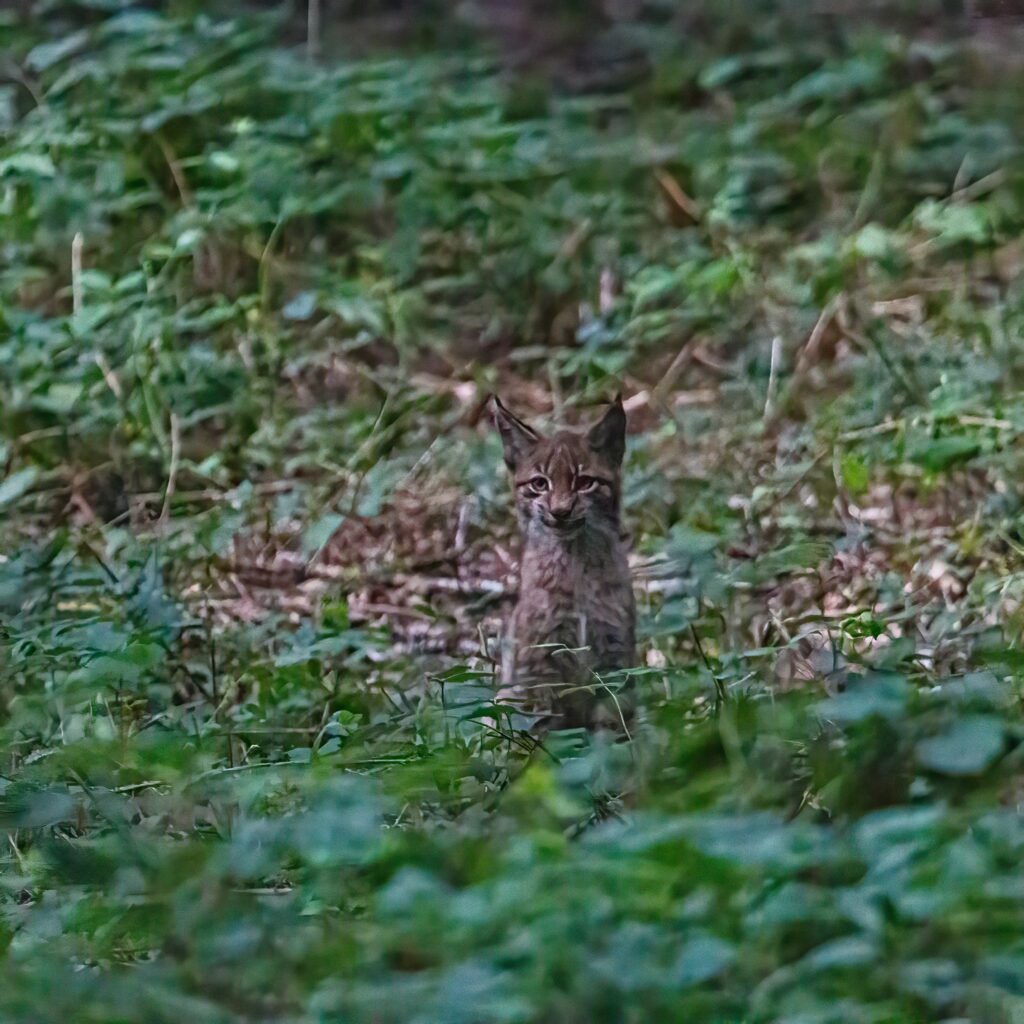
Feeding habits and transition to meat
Like all newborns, the leopard cubs initially relied on milk as their primary source of nourishment. However, their introduction to meat marked an important milestone in their development. Recently, the cubs were given their first taste of meat, marking their transition to a more balanced diet. This transition is a crucial step in their growth and development, providing the necessary nutrients for their healthy future.
The parents of the cubs
The proud parents of the leopard cubs, Leo and Mali, arrived in Peru from a municipal zoo in Leon, Mexico, in 2021. Both are three years old and have transitioned smoothly into their new home. Their successful reproduction serves as a testament to the zoo’s commitment to species preservation and the well-being of the animals under their care.
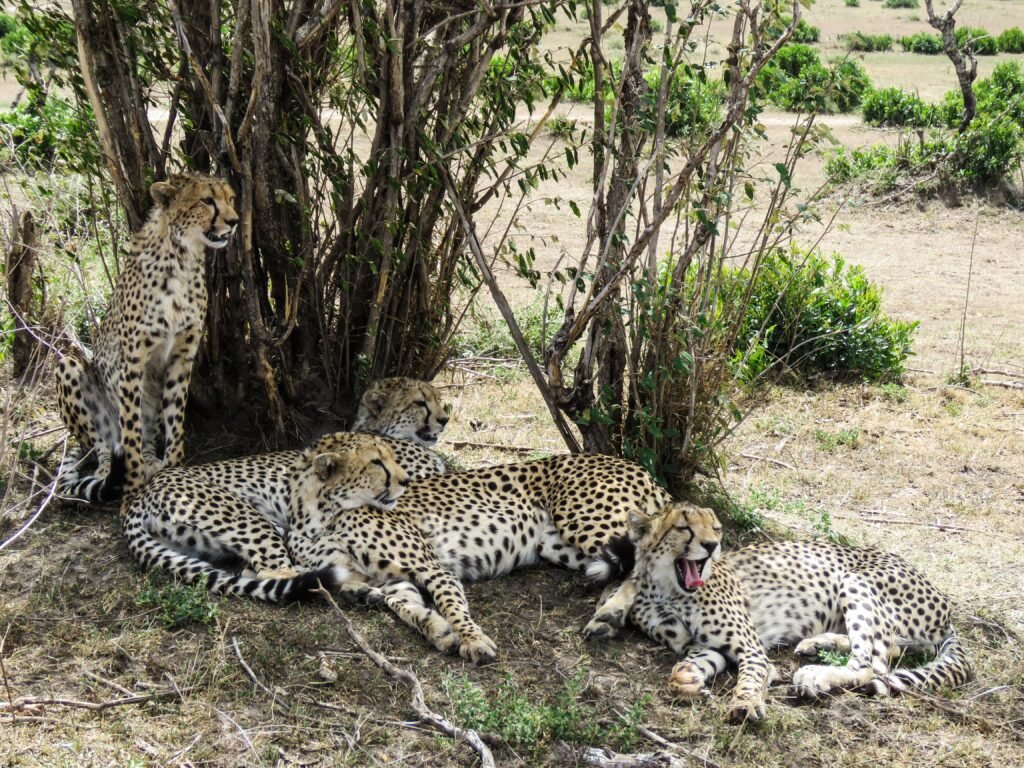
Decision to allow the parents to reproduce
The decision to allow Leo and Mali to reproduce was based on the zoo’s dedication to preserving endangered species and promoting controlled reproduction strategies. By providing the young couple with the opportunity to have offspring, the zoo hopes to contribute to the conservation efforts for the leopard population.
Response of zoo visitors to the cubs
Zoo visitors were spellbound by the presence of the adorable leopard cubs. They couldn’t help but compare the cubs to cute kittens, their small size and playful antics capturing hearts. The opportunity to interact with these captivating creatures brought immense joy to the visitors, who eagerly queued to catch a glimpse of these rare and magnificent animals.
Contest to name the cubs
In an effort to engage the public and make them feel a part of this historical event, the Lima zoo plans to hold a contest to name the leopard cubs. This initiative aims to foster a sense of connection between the Peruvian community and these vulnerable creatures, further promoting awareness and appreciation for wildlife conservation.
Conservation status of Panthera pardus leopards
Panthera pardus leopards, the species to which the newborn cubs belong, are classified as vulnerable on the red list of the International Union for Conservation of Nature (IUCN). With only four known leopards currently living in captivity in Peru, the successful reproduction of these cubs holds immense significance for the conservation of their species. Efforts to protect and preserve these magnificent creatures are crucial in ensuring their survival for future generations.
In conclusion, the birth of the first leopard cubs in captivity in Peru is a momentous occasion. As these awe-inspiring animals begin to explore their world, captivate visitors, and contribute to conservation efforts, they serve as a reminder of the importance of preserving our planet’s biodiversity. The Parque de las Leyendas zoo’s dedication to wildlife conservation, coupled with the public’s awe and appreciation, creates a promising future for these enchanting creatures and their species as a whole.

